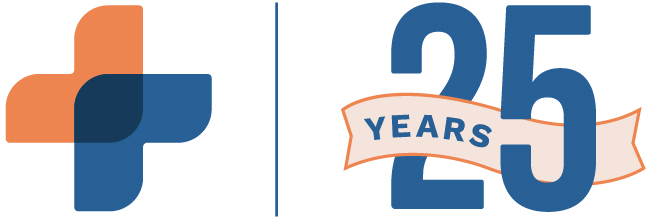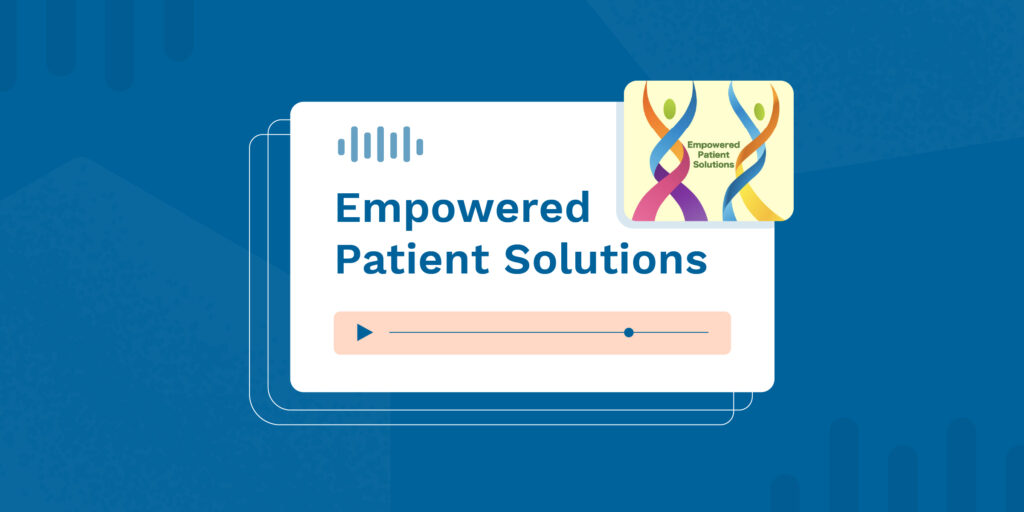Sometimes people cringe at the mere thought of change, especially when it comes to technology that can affect a provider’s bottom line. The past few years, there has been a lot of change in the Healthcare Industry ranging from the release of the new HCFA 1500 form to the ICD-10 transition. These changes have brought mandatory updates and upgrades from Practice Management systems, for which many accompanied a costly necessity.
As providers have watched these changes come and go, the Center for Medicaid and Medicare Services(CMS) suggests now is a good time to assess their progress using Key Performance Indicators (KPI). The first KPI that CMS recommends that providers review is, How long did it take from the time of service, until the provider generated and submitted a claim?
If you are still utilizing Superbills and Fee Tickets to communicate procedure codes and diagnosis codes that need to be billed, turn around time could cause timely filing denials and an inflated Accounts Receivable. RXNT’s EHR integrates seamlessly with our PM to release clinical information in real time to submit claims to payers within minutes of completing a service. Click here to see the CMS Tool for evaluating other Key Performance Indicators.
Practices that are still operating using antiquated workflows will have another burden after October 1, 2016 when the ‘ICD-10 Grace Period’ expires. Healthcare Providers utilizing cheat sheets or working off of ‘common codes’ for particular patient types will not survive the audits that could determine the true impact from the ICD-10 transition. Another KPI hints about the medical necessity chart reviews of the future. There is an alarming need for providers and billers to learn how to code outside of these diagnosis coding ‘shortcuts’. These codes can be considered non-specific and result in medical necessity paybacks after the grace period ends this October. Adopting an EHR can assist providers with thorough charting to meet documentation guidelines. RXNT has partnered with IMO Problem (IT)™ Technology that allows user friendly searches for ICD-10 coding using familiar clinical language, including a drill-down feature to reach the highest level of specificity from a category of diagnoses and to maximize reimbursement capabilities.





